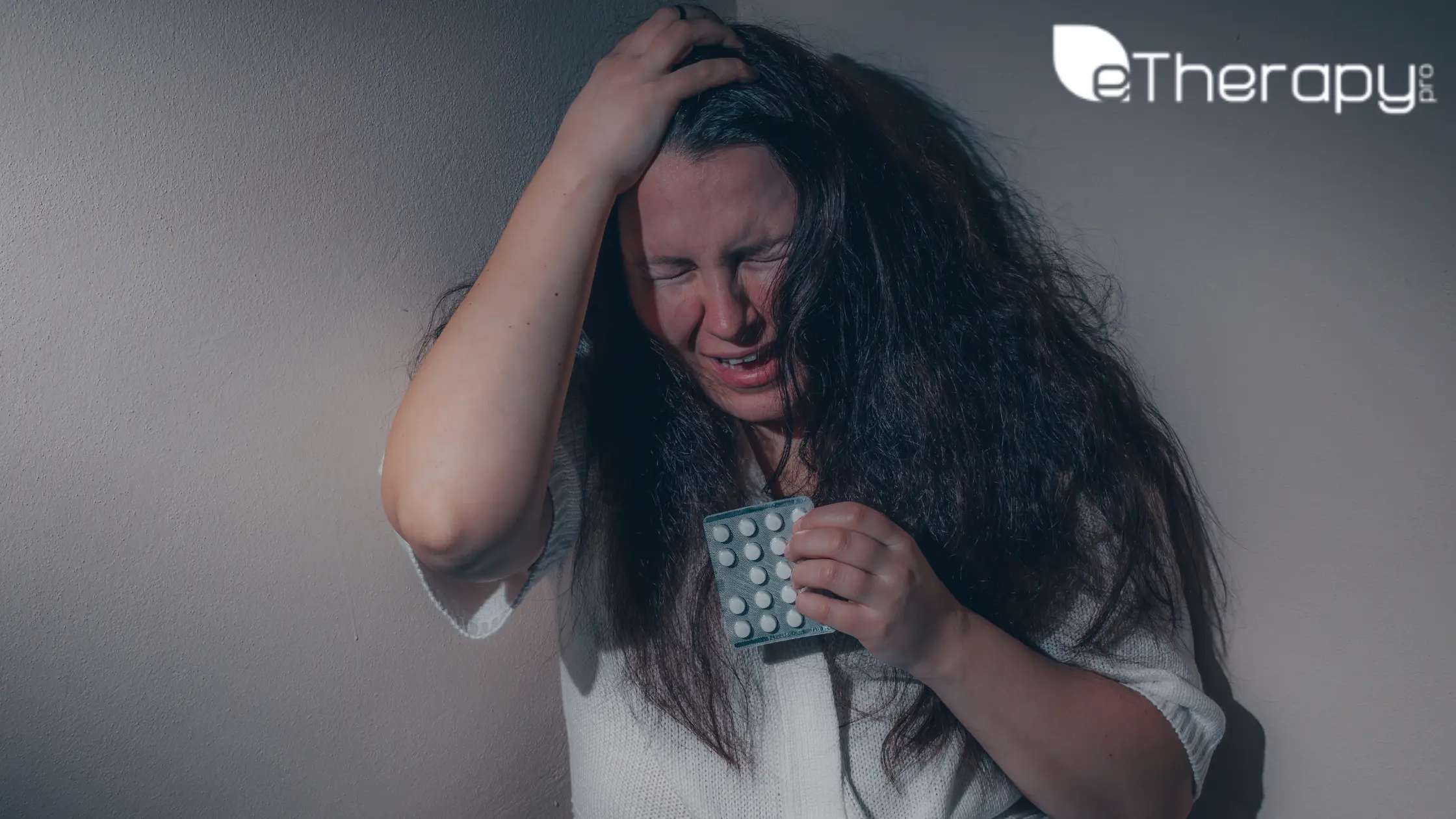Trauma is generally defined as a deeply distressing or disturbing experience. Something terrible happens and the person involved has a strong reaction to it, likely centered around being anxious and protecting oneself. While uncomfortable, this is the body doing what it normally does to protect itself. Anxiety is a normal reaction to traumatic events, and here are some reasons why:
Usually a life-threatening situation, trauma by its very definition is anxiety producing. It is important to know about the cause of trauma. A trauma causes a fight/flight/or freeze response, as nature intended. The body is getting itself ready to act in self-preservation, and all of this will take place in less than a blink of an eye. This is part of the autonomic nervous system, and when a person detects a potential threat, this gets activated. The body becomes hyper-aroused, vigilant, and ready to do something to protect itself. Anxiety is a byproduct of the hyper-arousal, and likely a way that helped keep humans safe thousands of years ago when the struggle for survival was a lot different than it is today. Consult with the experts to learn more about trauma and anxiety.
Another way trauma causes anxiety is by reliving the event. While memories can come into consciousness without a person trying to recall them, oftentimes people think about the event, and thinking about the event can start the fight/flight/or freeze response all over again. The body is very conditioned to respond quickly in life-threatening moments, so much so that even memories can elicit that same response even when the traumatic event is no longer there and happened a long time ago. Try to learn more about trauma induced anxiety.
One other way trauma can cause anxiety is by alienating people from others and forcing those who have been through a trauma to keep all this bottled up inside, which is one of the least helpful things to do with trauma. What happens is that a person who has survived a trauma will feel different, not like others, feel guilty for surviving, or like no one else can understand what they have been through.
This will cut people off from support, which they need right then. By feeling alone and alienated, they do not have the opportunity to process the trauma in a safe and healthy way, which will likely cause this wound to fester and develop into PTSD (Post Traumatic Stress Disorder). While the trauma does not directly cause the anxiety, it prevents the person from reaching out for the help that is needed, inflaming an already volatile situation. Can trauma cause depression? Yes, it can. So, take necessary actions and control your depression at the earliest.
Trauma is more understood now than ever. It may be an awful experience to have to survive, but the person did survive it, and they can make it through what happens afterwards as well. If you or someone you care about have been through a trauma, and feel like it is starting to, or has developed into a problem, please reach out for help. Healing from trauma is possible, and the sooner you reach out for help.




